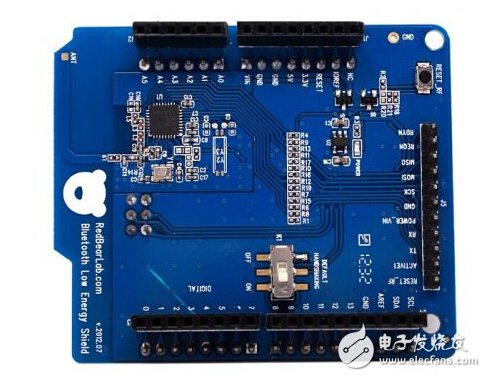Innovations in battery technology are not as rapid as other technology advantages. Every ten years, the battery capacity will double, and the market is increasingly demanding battery technology, which brings many difficult challenges to battery developers. Battery developers often find that when designing a battery-powered system, although the efficiency of the system hardware is improved, the power consumption of the battery is often much higher than expected. In fact, hardware is only one of the factors that must be considered when optimizing an embedded system. Another indispensable factor is software.

If the battery developer wants the battery to perform at its best, it can be solved by managing the microcontroller (MCU) software. Before you get started, you may want to refer to the following tips:
1. Maximize MCU standby time—The current in the standby mode of the MCU is typically several orders of magnitude lower than the active mode. This is because the MCU is waiting for power, and the non-essential peripherals and system modules will be power gated.
2. Use interrupts to control program flow—this technique is related to the efficiency of code execution. In an MCU, each execution of a line of code consumes a clock cycle, which in turn affects the life of the system's battery. However, if the interrupt is used reasonably, it is possible to determine which part of the code to execute based on the state of the system, so as to make an intelligent decision.
3. Replace software functions with peripheral hardware—Battery system software typically executes thousands of code when performing security functions such as encryption. However, if TI's low-power MSP MCU is used, the system can reduce the clock cycle from 6,600 to 168 when executing the 128-bit encryption function. This is because this MCU contains hardware modules. In addition, some simple modules of TI such as hardware multipliers can greatly simplify mathematical functions and can also help achieve similar functions.
4. Manage the power consumption of the MCU's internal peripherals—even in non-standby mode, turn off unnecessary peripherals to reduce power consumption.
5. Manage the power consumption of MUC external devices—When it is necessary to extend the life of the battery as much as possible, in addition to turning off the internal components of the MCU that are not necessary, the MCU in the system can be used to turn the external device on or off.
6. Carefully choose the MCU device type—note that the functions of different MCUs vary widely. At the same time, in the active and standby modes, the requirements of the MCU for different applications will change accordingly. Therefore, when designing a battery system, engineers should select an MCU with a needle duty cycle optimization. Also note that for applications that frequently switch between active and standby modes, the time required to wake up the system is also a very important factor.
In short, efficient software is definitely the "killer" to ensure maximum battery life. These tips and tricks can help battery developers design efficient software, but there are many other factors to consider. In addition, optimization tools can also help extend battery life. If TI's MCUs are used to design battery systems, TI software optimization options can be used to help streamline the development process. For example, when designing a battery system, TI's ULP Advisor can help check code based on an ultra-low power list and provide suggestions for possible software improvements. In the mid-design period, TI's EnergyTraceTM technology provides real-time power mapping capabilities for engineers to see the exact power consumption values ​​at each location of the MCU. For more information on TI's ultra-low-power MCUs and software, visit TI's MSP product introduction.
Inverter 12V,Inverter 4000W 12V,Portable Mini Inverter 12 V,Solar Power Inverter 12V
GuangZhou HanFong New Energy Technology Co. , Ltd. , https://www.zjgzinverter.com